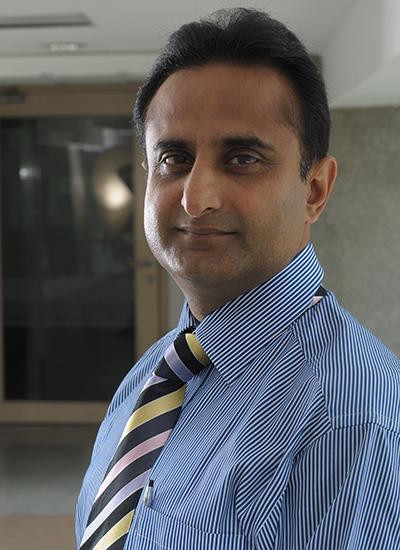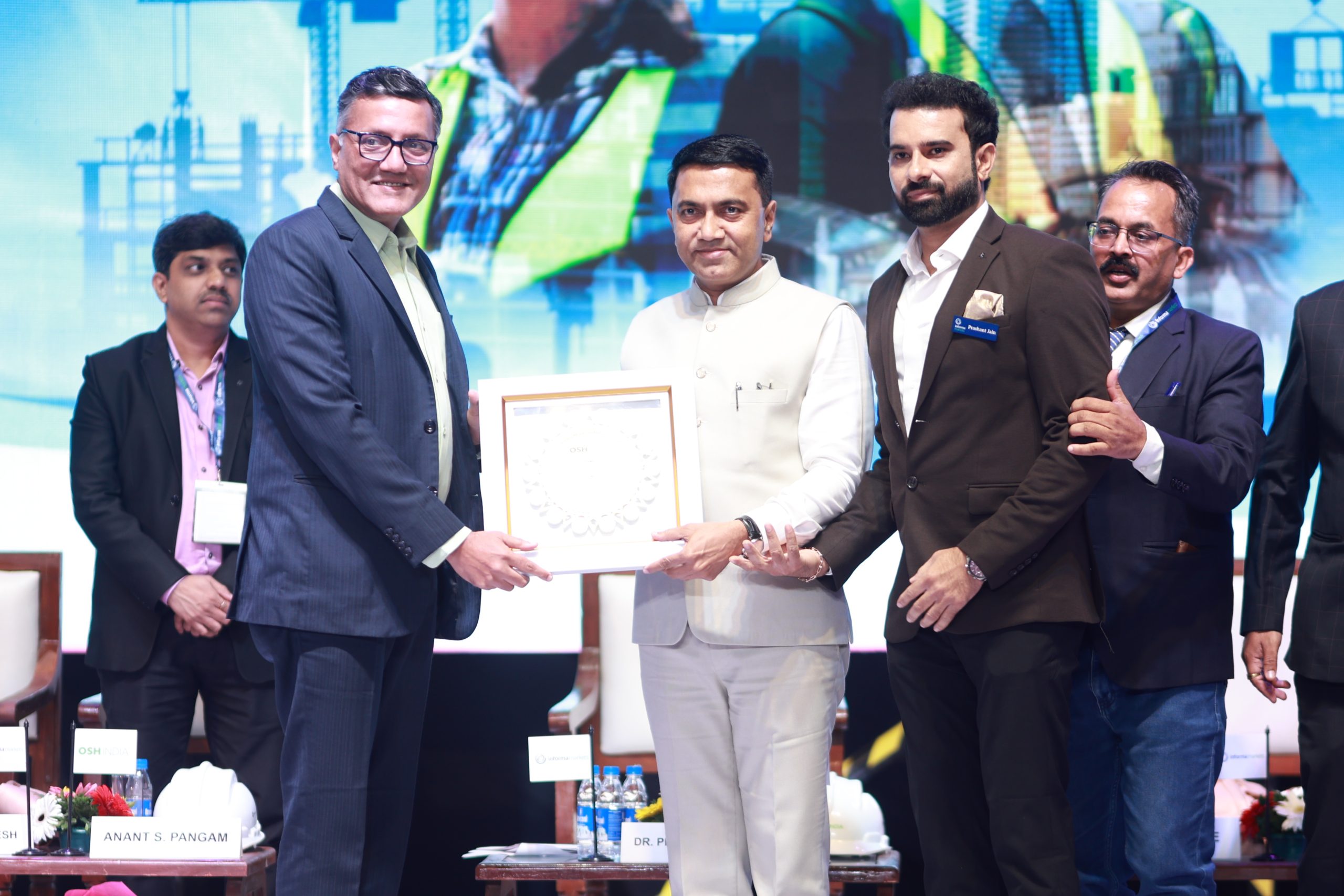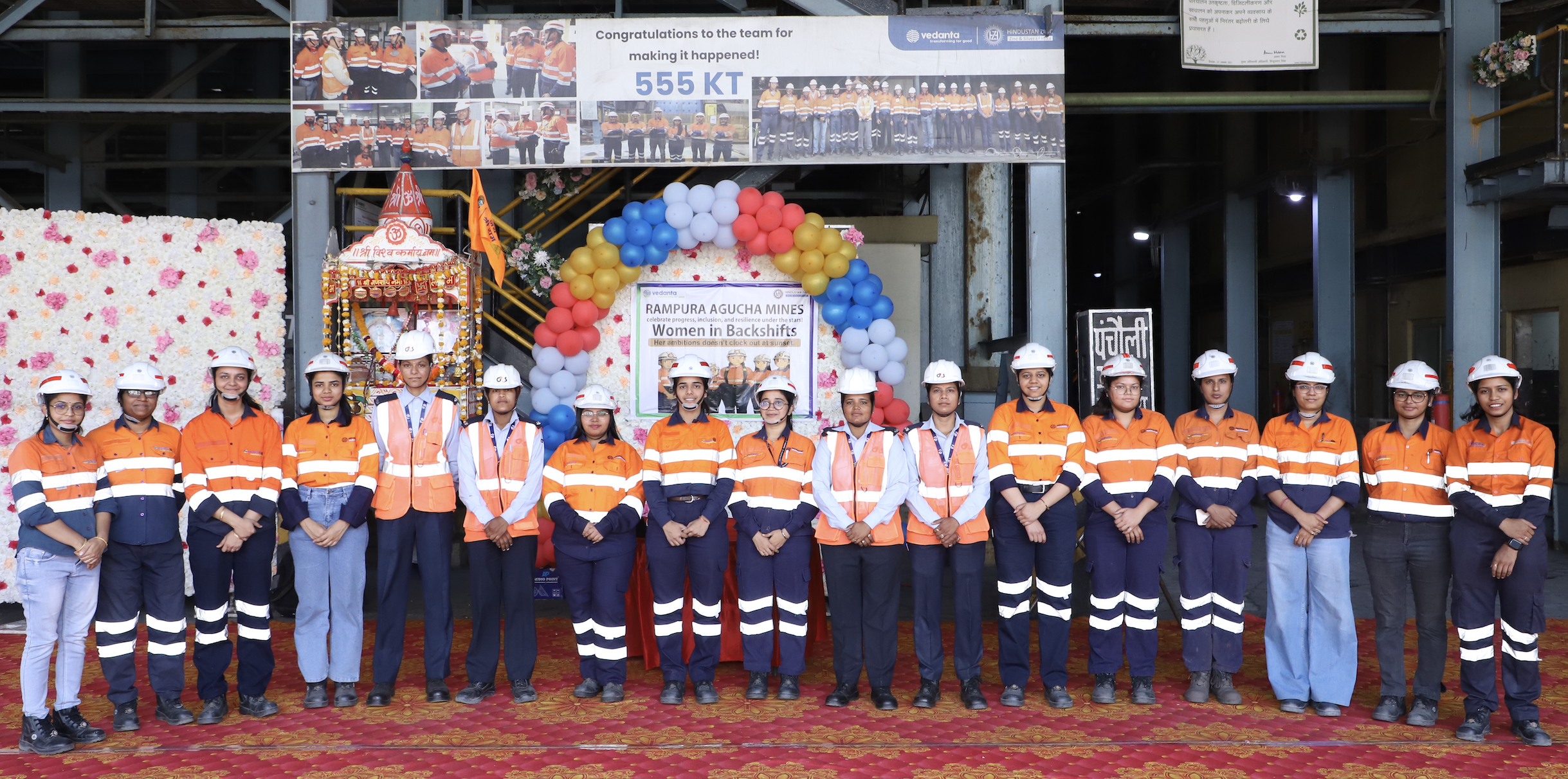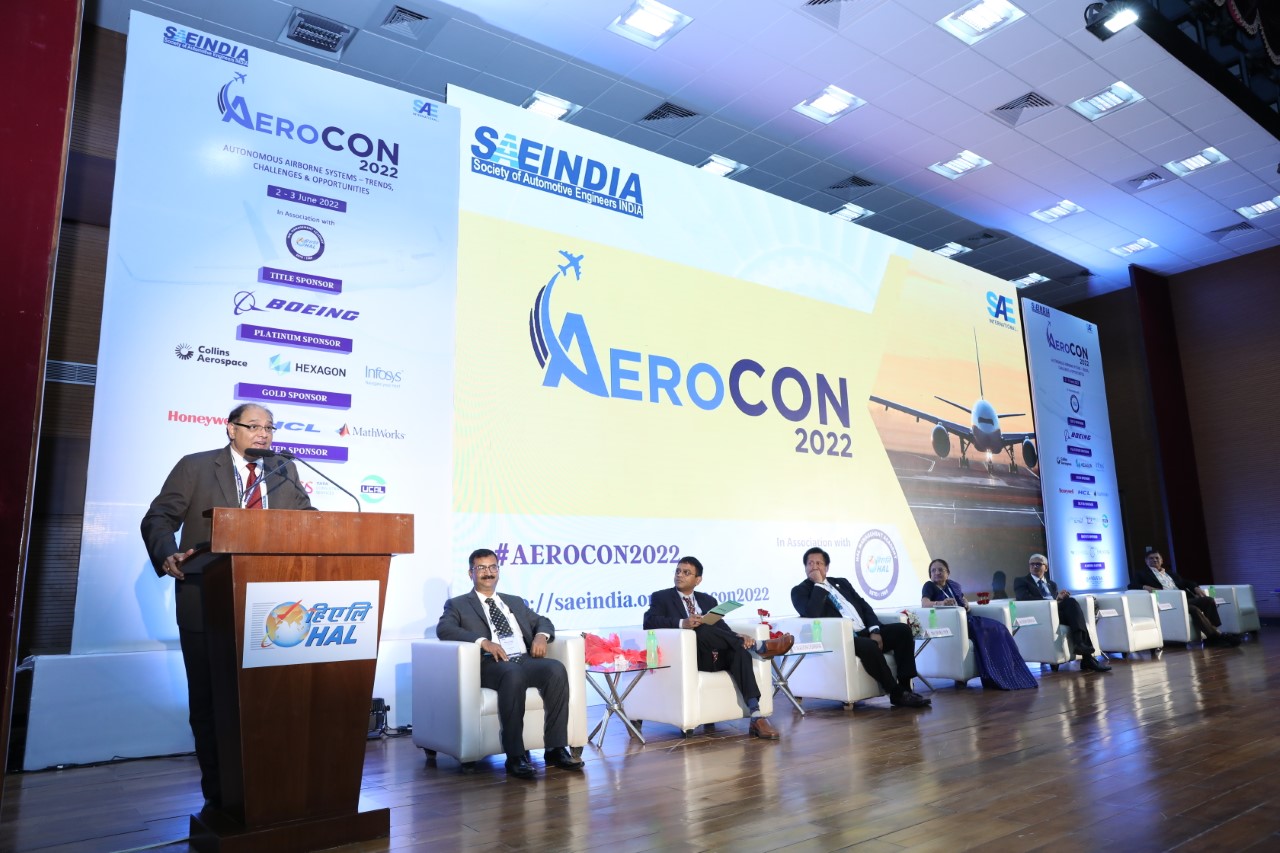 Freescale Semiconductor India, an embedded micro-controller and micro-processor supplier which also makes sensors and analog chips for automotive sector, is pinning its hopes on two-wheelers getting digitally equipped and a better 2014 to wipe-off the memories of not-so-memorable 2013.
Freescale Semiconductor India, an embedded micro-controller and micro-processor supplier which also makes sensors and analog chips for automotive sector, is pinning its hopes on two-wheelers getting digitally equipped and a better 2014 to wipe-off the memories of not-so-memorable 2013.
Freescale believes that going forward electronics on vehicles will become the differentiator in an ever-crowding auto market in India.
“Earlier the differentiators were engine size, power and torque and efficiency. Now everybody has same size engines and comparable power. Beyond a limit, they have stopped being the differentiator. Mileage is still quite important in India, but it also now depends on the electronics that help engines run more efficiently,” said Vivek Tyagi, country sales director, Freescale Semiconductor India.
The impact of this trend is already visible in the industry. A lot of high-end features, which were considered to be a luxury and were made available only in higher segments, have now started coming to entry-level sedans and even hatchbacks. “We see sunroofs and push-button start even in cars like new Honda City and Nissan Micra. That speaks volumes about this trickling-down of electronics,”said Tyagi.
With the increasing usage of electronics in the car, more and more electronic control units are going into the vehicles. Digital instrument clusters need micro-controller and so do power-steering, engine control, infotainment, sun-roof etc. In terms of advanced systems, people are also talking about surround 360 degree cameras. All this coupled together is driving the demand for electronics in automotive.
“Although the number of cars in the world is not growing rapidly, the semiconductor content is growing. If you look at the industry, the cars were in de-growth last year and two-wheeler grew by around three to four percent up. In India, since we sell semiconductors to both four-wheelers and two wheelers, our business remained flat in 2013. Although there were new applications, but the overall volumes didn’t go up said Tyagi.
In India, close to 35 percent of Freescale’s sales come from automotive segment. Globally, the figure stands at 45 percent. It also controls nearly 50 percent share of ECU market. “Traditionally that is our forte. But engine control is one per car and thus completely depends on the car sales,” he said.
Freescale is also keenly following the growth trajectory of hybrid cars sales. Since they require two engine control units instead of one and the demand is only going to increase, this segment promises to be a demand generator for semiconductor players. The Noida headquartered company believes that it is just a matter of time before the hidden demand shows up in the market. “China sold around 22 million cars in 2013 and US sold around 15 million cars. And if we are to catch up with China, there is a long way to go. So I think that cars will sell in the future. Of course the question is where are the road,” opined Tyagi.
Industry experts believe that with the GDP growth being slow and interest rates high, people were postponing their purchases. However, the content of electronics is growing faster than the overall growth in the industry, which is tempting the industry to keep their hope up for the future.
Freescale came into existence in 2004 when it was spun-off from Motorola. The company, however, started in India in 1998 as a part of Motorola. In earlier days, the company focused more on telecom sector. Later, it started focusing on automotive sector as well since Motorola was one of the leaders in this segment. “In those days, there was no electronics in the car. We seriously started looking at automotive around the year 2001-02.
The volume segment is two-wheelers but the electrification is rather slow and steady. This is a segment to look at. It all started for the two-wheelers with an 8-bit micro-controller for engine controller called CDI or Capacitive Discharge Ignition. In 2005-06 digital instrument cluster came up and need for second micro-controller emerged.
Today, over 50 percent of bikes produced have a digital instrument cluster. “Digital clusters are considered to be more reliable than the analog meters and will become a standard in bikes,”said Tyagi. “Freescale’s low-cost micro-controller, LG-32 for digital instrument cluster is one of their significantly performing products. Freescale has supplied it to Pricol which has used it in Japanese bikes. It has also gone into TVS bikes. The use of this product is going to ramp up in next three years,” he said.
Tyagi believes there is a little doubt about the future of electronics in bike in India. He pointed out the Mahindra example to drive home his point. “The company recently launched a bike with an immobilizer. This is the first time a bike has an immobilizer in India. Mahindra was a late entrant and to stand apart in the crowded 125cc two-wheeler market it employed such features on bikes. Bikes are also looking at electronics for that differentiation,” he said. The immobilizer used in Mahindra Centuro system uses a freescale microcontroller.
Electronics is also expecting a boost in business when the next generation of emission norms for two-wheeler comes in effect. According to Tyagi, there will be a requirement of more sophisticated engine control units. Things like electronic fuel injection may become necessary. However, he said that he would not be able to give when exactly this regulation will come into effect.
The main clients of Freescale are the Tier-1 suppliers to OEMs. It works with companies with Delphi, Visteon and Bosch, Pricol, Interface Auto, not just for Indian but global products as well. However, the company stays in touch with OEM to understand the market requirements. Another segment that Freescale is keeping an eye on is the accessory market. Without divulging much information, he said the company is in talks with an accessory maker for remote keyless entry but are still in early stages.
Making it a point to conclude on a positive note, Tyagi said that while 2013 was slow, they remain bullish on long-term prospects. “Second-half of 2014 and there-on, the industry should pick up. When the industry goes up, we are hoping that 35 percent share from automotive segment will to up to 40 percent in a few years.
By : J Srikant














Leave a Reply